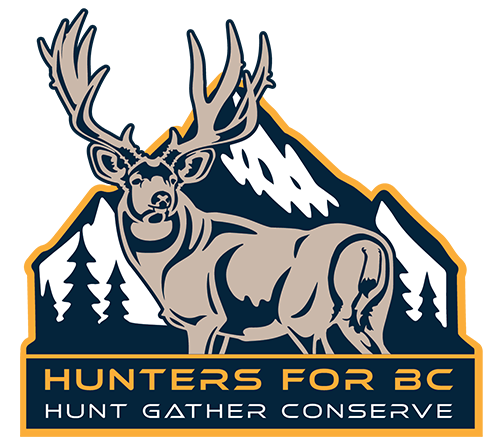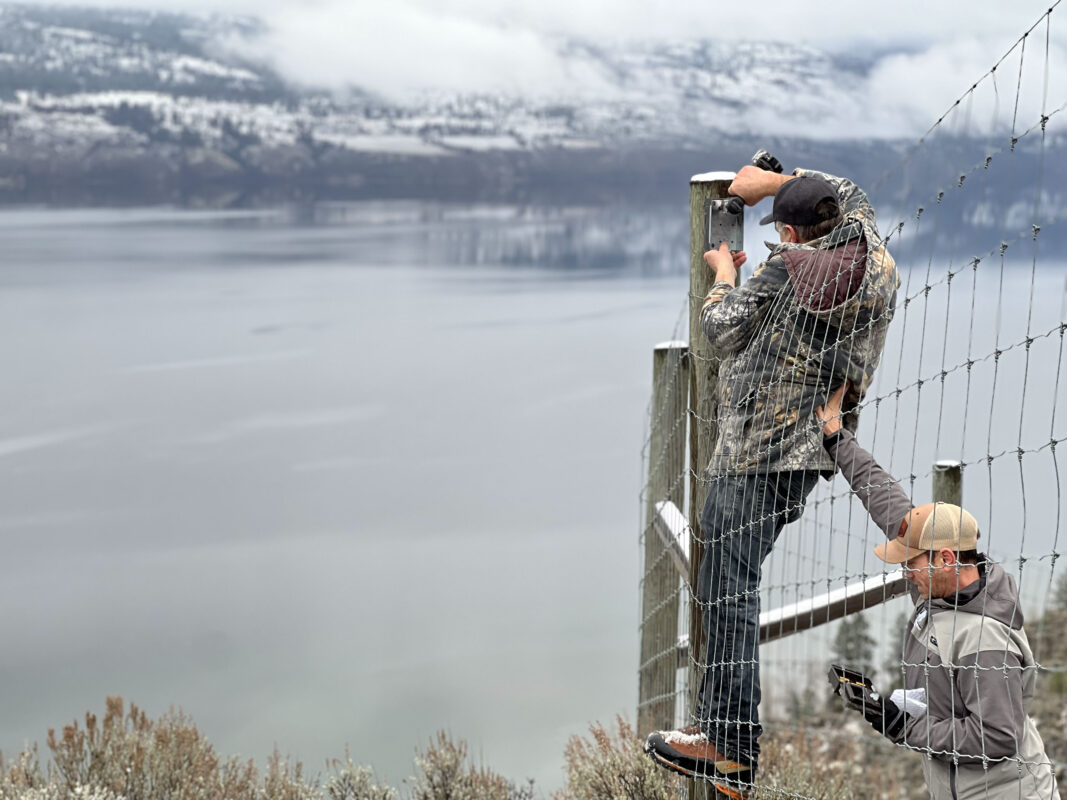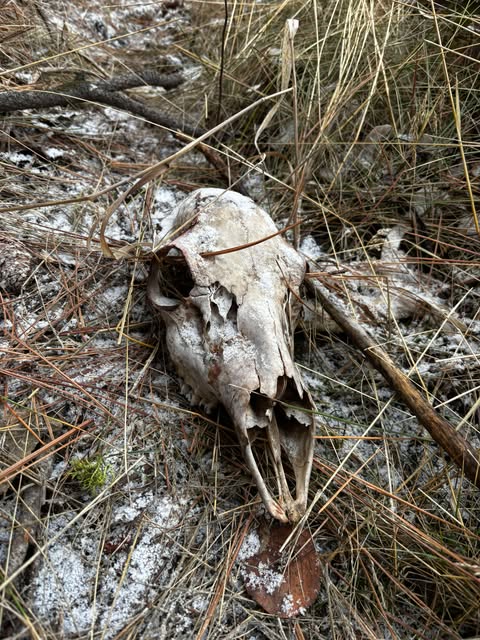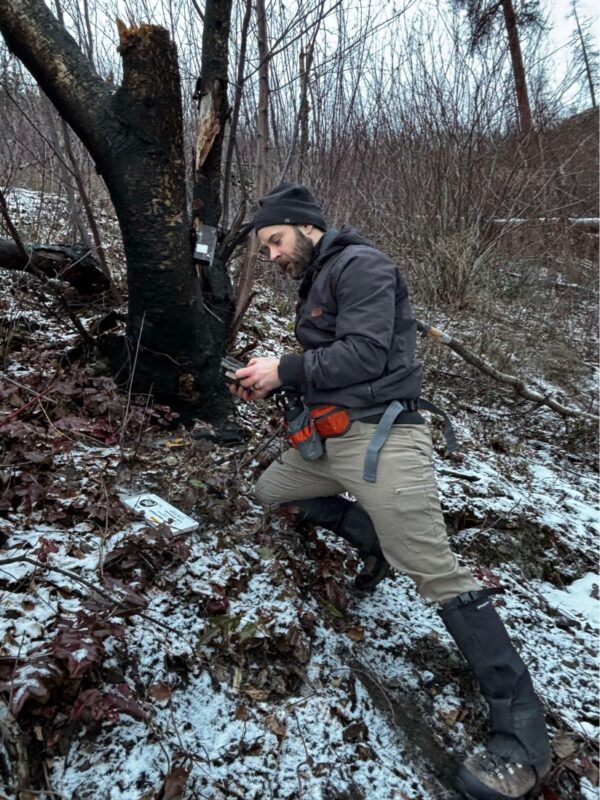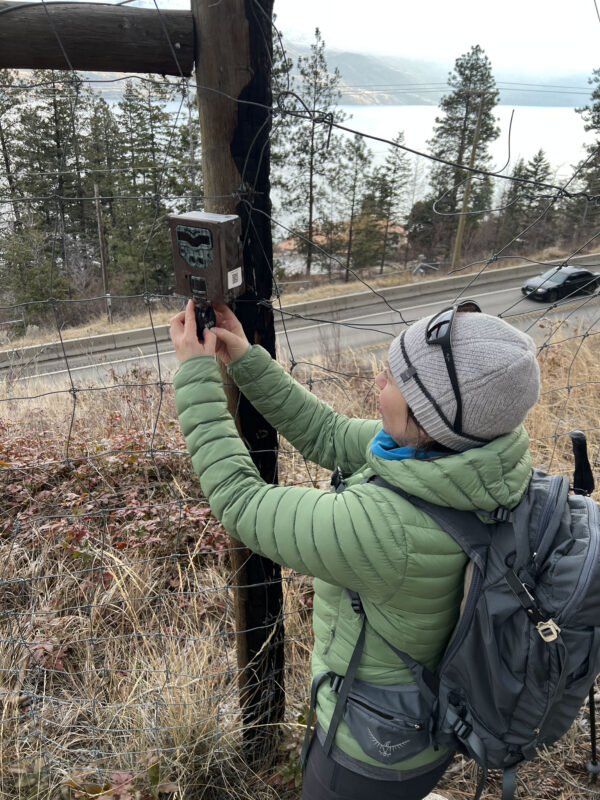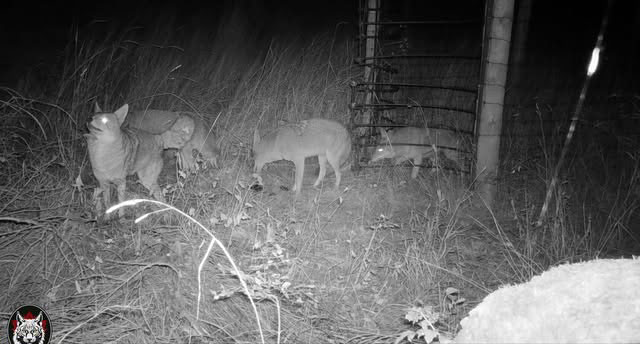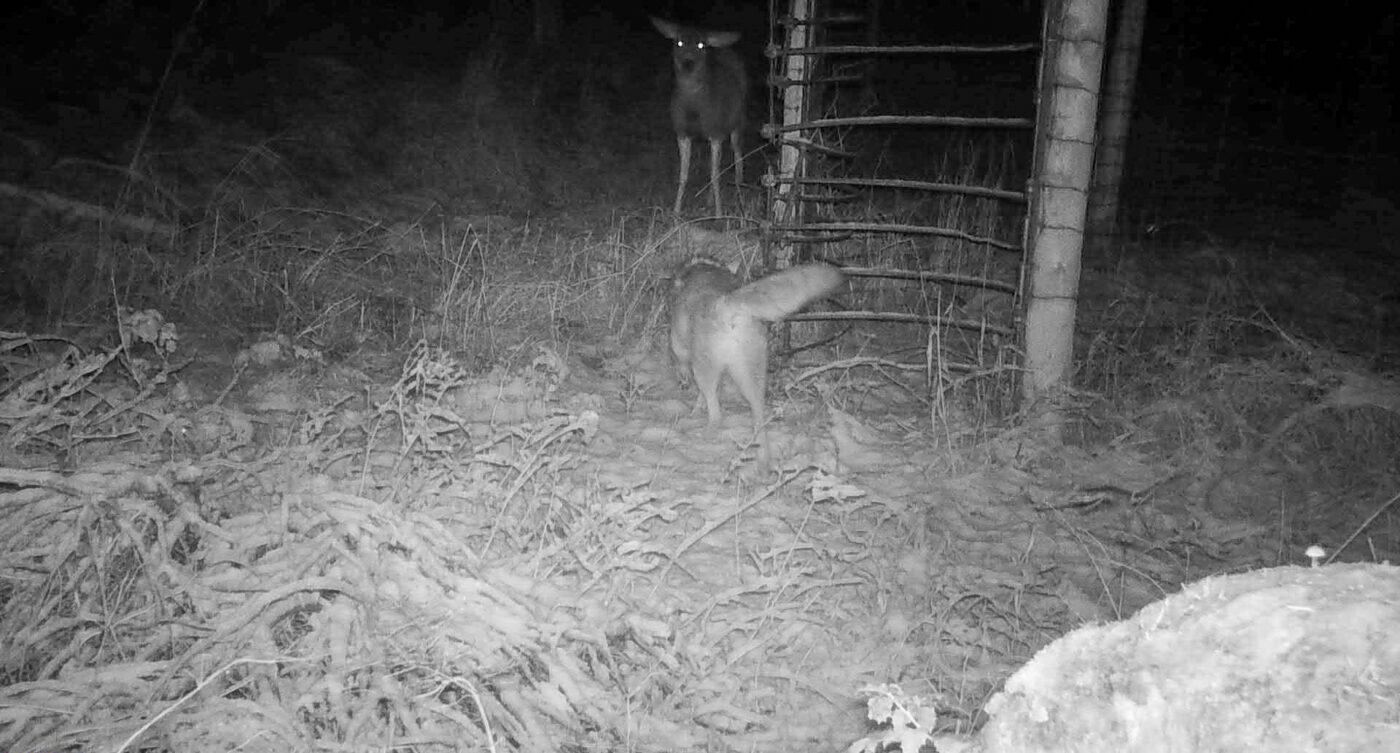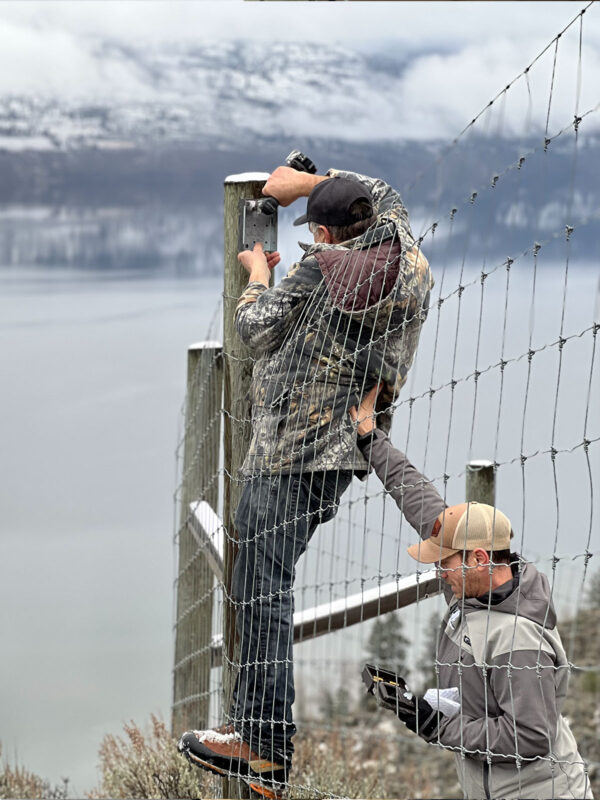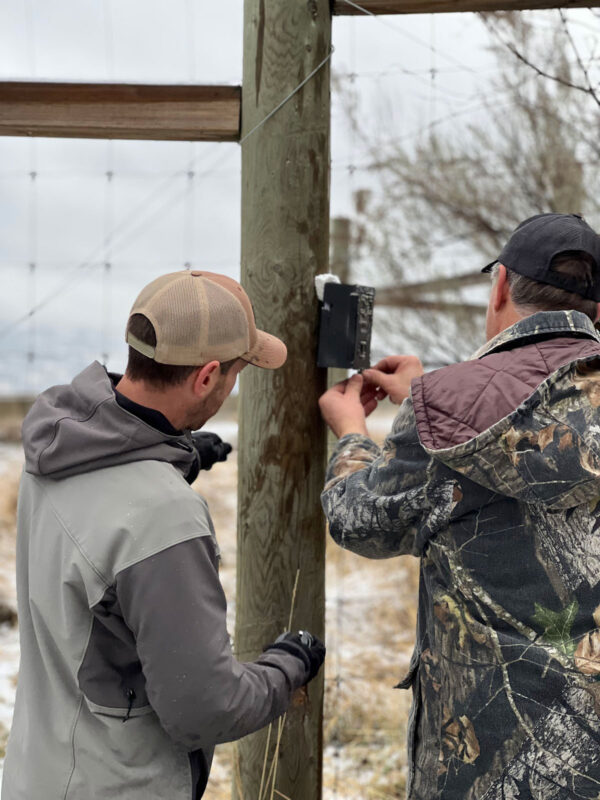Conservation, Highway 97 Mortalities
Eneas Project: January 2025 Update
Project Recap
The Highway 97 pwalxkn (Mule Deer) Monitoring Project is a cornerstone conservation initiative established in February 2023 through collaboration between Hunters for BC (H4BC) and the Okanagan Nation Alliance (ONA). This project recognizes the cultural and ecological significance of pwalxkn, which are essential for Syilx Okanagan people’s food security, cultural practices, and knowledge transfer while serving as indicators of ecosystem health.
Ecological Significance
The project area includes critical grassland habitat, serving as a vital winter range for mule deer and home to a small but important mountain goat herd. As one of the region’s most significant wildlife corridors, these grasslands provide essential winter refuge for numerous species and play a key role in maintaining biodiversity in the Okanagan Valley. Preserving the integrity of this habitat is crucial for sustaining healthy wildlife populations and ensuring long-term ecological connectivity across the region.
Core Project Objectives
- Monitor and quantify pwalxkn (mule deer) mortalities along the high fence within the project area
- Assess mortality causation through systematic field assessments and camera monitoring
- Evaluate the impact of existing wildlife fencing on the predator/prey dynamic
- Evaluate the effectiveness of the wildlife gates
- Develop collaborative mitigation strategies to reduce wildlife mortality
- Identify priority areas such as the winter range for future habitat protection initiatives
How Your Contribution Helps
In December 2024, we expanded our network of wildlife capture cameras from 11 to 21, significantly enhancing our ability to monitor predator-prey dynamics and fence-line interactions. This increase is already yielding valuable insights.
None of this would be possible without your support. Every contribution makes a difference—just a few dollars can provide batteries and SD cards, while larger donations help us place even more cameras in the field. You can directly fund this initiative here. Thank you for being part of this important work!
January 2025 Project Status Update
Mortality Data
Since our count began the team has identified 244 deer mortalities along the fence line. While our count started in February 2023 it is important to note that some mortalities occurred before this date. 1 Mountain Goat mortality has been recorded.
An estimate of the ages of deer are as follows:
- 33 Adult Mortalities (>1.5 years)
- 30 Neonate Mortalities (Fawn to December 1st of birth year)
- 29 Yearling Mortalities (1 to 1.5 years)
- 152 Unknown
Our volunteer team has been incredibly dedicated to these field studies which can take up to 4 hours to complete.
Predation Activity
Primary predator activity observed includes coyotes, bears, raccoons, and cougars. Research continues on the potential relationship between coyote predator behaviour and fence infrastructure. Check out this article to learn how coyotes use this feature to corral and trap mule deer.
A young mule deer hitting a fence at full tilt
Partnership Updates
Ministry of Transportation and Infrastructure (MOTI)
MOTI has enhanced project capabilities through:
- Implementation of fence repairs following wildfire damage
- Provision of additional monitoring cameras
- Collaboration on data sharing for pre- and post-fence mortality comparisons
Rocky Mountain Goat Alliance (RMGA) Contribution
RMGA has joined the project with a focused mandate to monitor mountain goat activity, specifically:
- Providing two additional trail cameras for monitoring southern project areas
- Supporting surveillance of wildlife gate effectiveness in mountain goat habitat
- Assisting in the documentation of mountain goat fence interactions and potential safety concerns
Danny Coyne (Regional Rep for RMGA) and Robin Unrau (H4BC President) Installing Cameras
Future Initiatives
The project is expanding its scope to include:
- Comprehensive habitat assessment and protection strategies
- Identification of critical wildlife corridors requiring enhanced protection
- Development of long-term conservation plans for the grassland ecosystem
- Integration of wildlife movement data with habitat protection efforts
- Collaboration with stakeholders to preserve and enhance winter range habitat
Looking Forward
We’re excited about the momentum we’re building this year! Through strong collaborative partnerships, our project continues to evolve, focusing on comprehensive wildlife monitoring and the development of effective mitigation strategies. While our immediate priority is addressing wildlife fence mortalities, our long-term vision is to preserve and enhance this vital habitat corridor. Thanks to the dedication of our volunteers, partners and generous sponsors, we are strengthening our ability to protect wildlife and their habitat.
If you’re interested in the Eneas Project, we invite you to join us in the field—many hands make light work! The project relies on partnerships and sponsorships to continue its impact. If you’d like to contribute, please visit this page to donate.

